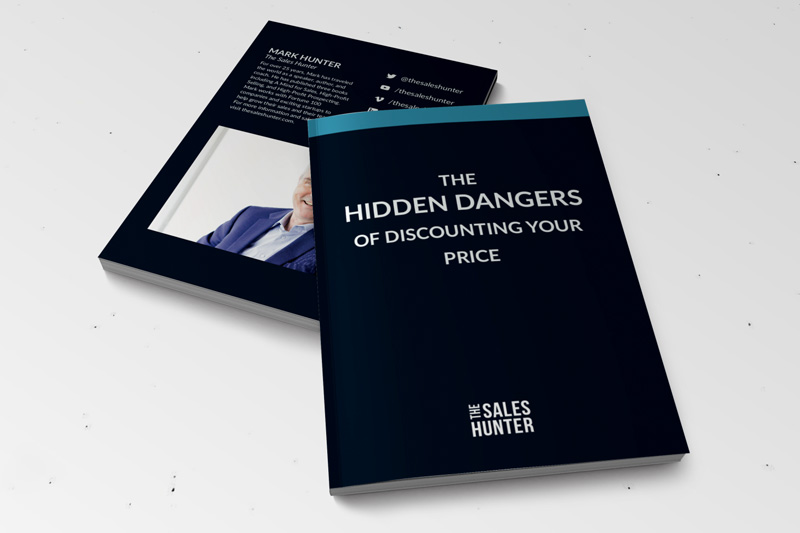 If something is free — or worse, available in unlimited quantities — how could it have any real value?
If something is free — or worse, available in unlimited quantities — how could it have any real value?
My problem with “free” is it’s what far too many salespeople and marketing teams are using as a way to try to create loyal customers. Ask yourself, “How loyal are you going to be to something that’s free?”
Yes, offering something for free can be part of a strategy to create awareness or to reward loyalty, etc. Unfortunately, “free” is being thrown around way too much, and as a result, it winds up becoming something people expect. Now we have a real problem — not only does “free” have little value, but it’s what people expect.
What makes free even worse is many times it’s used as part of a strategy to get somebody to buy something that would be considered high-price. This only winds up creating an even bigger problem, as the contrast between “free” and the high-priced item is too much for the customer to understand.
My other problem with “free” is it attracts customers and potential customers who can’t afford to stick with you when you attempt to move them to full-price. What results is a pattern of continued discounts all in the name of trying not to lose a customer. Ironic, isn’t it?
Yes, “free” has a place. You’re reading this blog for free. In fact, you might say my website www.thesaleshunter.com is nothing but free stuff, and you’re right. Before you call me a hypocrite, let me explain.
I use “free” as a way to create awareness and to build traffic on my website. This is similar to the way another company may do direct mailings of a product sample or a salesperson might host a “lunch and learn” session with clients.
The goal of using “free” is to know how you’re going to use it in your overall sales strategy.
Before you offer anything for free, you need to ask yourself the following questions:
1. What is the goal of what I’m trying to offer?
2. How will I measure the results?
3. What is the process I’m going to use for moving prospects from “free” to “fee”?
4. How firm is my pricing plan to make sure I have a profitability plan that works?
5. Will I be offering “free” to everyone? If I don’t, how might it impact those who don’t get it for free?
Keep in mind as you develop your “free” strategy that your banker and your accountant don’t accept “free.” Offering something for free might make you feel good, but until you monetize the “free” you haven’t put any food on your table.
Finally, don’t think you can copy the strategy used by some software companies in becoming successful because of giving away millions of copies of something. For each software company that made that strategy successful there are at least a dozen or more that failed. I like to tell people if you want to try that strategy, then let me give you another one you can copy even faster.
Each month there’s at least one or two people who buy a lottery ticket somewhere that is worth a million dollars or more. Since that worked for them, then why not go do it yourself and let me know how that strategy turns out for you.
“Free” is over-rated and over-used!
Now, let’s all get back to work selling real value!
Copyright 2011, Mark Hunter “The Sales Hunter.” Sales Motivation Blog.












One Response
“Free” is often the first step of a bait & switch tactic, which I personally find unconscionable. A true professional doesn’t resort to that kind of win-lose methodology. If you think giving something away for free is truly in the best interest of the prospect, then, by all means, do it; but if it’s a tactic designed to fool, suck in unsuspecting prospects, you’re doing yourself great harm in the long-term. Don’t do it! Value is something your prospects should clamor to pay for.